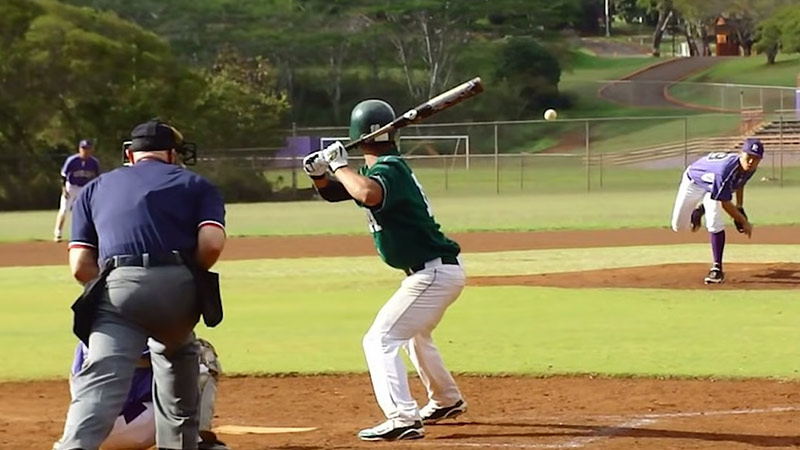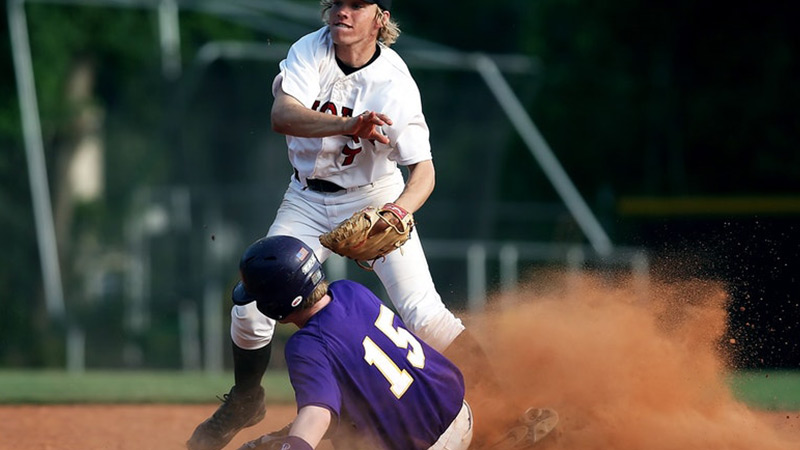Baseball is a beloved sport with a rich history and a set of unique terms and concepts. One such term is “split squad,” which refers to a scenario where a team splits its roster into two groups and plays two separate games on the same day.
This practice is commonly seen during spring training, allowing teams to evaluate more players and provide ample playing time for their athletes.
In this article, we will delve into the meaning and significance of split squads in baseball, exploring why players enjoy these games during spring training, how many games they typically play, and the rules that govern such matches.
By the end of this article, you will have a comprehensive understanding of split-squad games and their role in the world of baseball.
What Does Split Squad Mean In Baseball?
In baseball, a split-squad refers to a situation where a team divides its roster into two separate groups, each playing a different game on the same day. Instead of the entire team playing a single game, half the team will play at one location, while the other half will play at a different venue.
This practice allows teams to give playing time to a larger number of players, especially during the preseason period known as spring training.
Spring training is a vital phase for baseball teams as they prepare for the upcoming regular season. It serves as a platform for players to showcase their skills, compete for roster spots, and build team chemistry.
Split squad games offer an opportunity for teams to evaluate their players in a more comprehensive manner. By dividing the team into two squads, managers can field a wider range of players and observe their performance in real-game situations.
Why Do Players Enjoy ‘Split Squad’ Games During Spring Training?

Increased Playing Time
Split squad games provide players with more opportunities to play and showcase their skills. Since the team is divided into two groups, players who might not get much playing time in regular games have a chance to prove themselves on the field. This can be crucial for young or fringe players looking to make an impression and secure a spot on the team’s roster.
Exposure to Different Situations
Split squad games allow players to experience a variety of game situations and challenges. They may face different opponents, play in different ballparks, or encounter varying weather conditions. This exposure helps players adapt and develop their skills under different circumstances, which can be valuable when facing similar situations during the regular season.
Evaluation and Feedback
With a larger pool of players participating in split squad games, managers and coaches have more opportunities to evaluate and provide feedback to individual players. This feedback can be instrumental in player development, helping them identify areas of improvement and fine-tune their skills before the regular season begins.
Team Bonding
Split squad games provide a chance for players from different parts of the roster to interact and build team chemistry. By spending time together, whether on the field or during travel, players get to know each other better, fostering camaraderie and unity within the team. Strong team chemistry can positively impact the overall performance and morale of the team throughout the season.
Variety and Excitement
For fans and players alike, split squad games offer a unique and exciting experience. Rather than following a single game, fans have the opportunity to watch multiple games featuring different sets of players. Similarly, players find the challenge of playing in different games on the same day exhilarating, adding an element of variety to their routine.
How Many Games Do Players Play in A Split Squad?
During spring training, players participate in a series of split squad games to ensure they receive ample playing time and opportunities for evaluation. The number of split squad games can vary from team to team, but on average, a club will play around 17 or 18 of these games during the preseason period.
These games are typically scheduled within a specific timeframe known as the Cactus League season, which generally spans from March 17th to April 6th.
Leagues in Split Squard
The Cactus League is one of the two spring training leagues in Major League Baseball (MLB), with the other being the Grapefruit League. The Cactus League is primarily based in Arizona and consists of 15 MLB teams, including popular teams such as the Arizona Diamondbacks, Chicago Cubs, Los Angeles Dodgers, and San Francisco Giants, among others.
During this period, teams in the Cactus League engage in a series of exhibition games, including split squad games, to fine-tune their skills, assess players, and prepare for the regular season.
Schedule of Split Squart
The scheduling of split squad games is carefully planned to optimize player development and evaluation. Since teams have a large number of players in their spring training camp, splitting the roster into two squads allows for more playing time for individual athletes.
It also provides an opportunity for managers and coaches to assess a wider range of players, including prospects and newcomers, before making final roster decisions.
Typically, a split squad game involves one group of players from a team playing at their home ballpark, while the other group travels to a different location to play against another team.
This arrangement allows teams to accommodate more games within a shorter period. For example, a team might have one squad playing at their home stadium while simultaneously sending another squad to a nearby ballpark to face a different opponent. This ensures that both groups of players get the necessary game experience and exposure.
The Number of the Matches
The number of split squad games can vary based on factors such as team schedules, travel logistics, and specific training requirements.
Some teams may schedule more split squad games to provide additional opportunities for player evaluation, while others may have a smaller number depending on their preferences or circumstances.
The Cactus League season, including the split squad games, serves as a crucial preparation phase for teams and players. It allows athletes to refine their skills, build chemistry with teammates, and make adjustments before the regular season kicks off.
The outcomes of these games do not impact the regular season standings but play a significant role in shaping the final roster decisions and overall team strategy.
During the Cactus League season, teams typically play around 17 or 18 split squad games. These games are strategically scheduled to ensure players receive sufficient playing time and opportunities for evaluation.
Split squad games offer a unique and valuable experience for players, allowing them to showcase their skills, adapt to different game situations, and contribute to the team’s overall preparation for the upcoming regular season.
Rules of Playing Split Squad

Split squad games follow certain rules and guidelines to maintain fairness and efficiency. Here are some key rules associated with split squad games in baseball:
Teams will be split into squads
As the name suggests, the team’s roster will be divided into two separate squads. Each squad will consist of a mix of regular players, prospects, and newcomers.
The game will be ended within a day
Split squad games are played within a single day, usually during spring training. They are not carried over to the following day, ensuring that teams can make necessary evaluations and adjustments promptly.
There will be home and road games
One squad will typically play at the team’s home ballpark, while the other will play at a different location. This allows teams to accommodate more games and distribute their players across multiple venues.
Utilization of coaching staff
Each squad will have its own coaching staff, including managers, coaches, and trainers. This ensures that players receive appropriate guidance and support during their respective games.
Evaluations and feedback
After the split squad games, managers and coaches assess the performances of individual players and provide feedback. This evaluation process helps determine player development plans, roster decisions, and overall team strategy.
FAQs
Why do teams use split squads during spring training?
Split squads allow teams to evaluate more players and provide increased playing time for individual athletes. It also offers opportunities for player development, team bonding, and exposure to different game situations.
Do split squad games count in the regular season standings?
No, split squad games are part of the preseason or spring training period and do not count towards the regular season standings.
Are split squad games open to the public?
Yes, split squad games are typically open to the public, allowing fans to witness multiple games featuring different sets of players.
Can players be switched between squads during a split squad game?
In most cases, players remain with the same squad for the duration of a split squad game. However, managers may make substitutions and changes within each squad, similar to a regular game.
Do split squad games have the same duration as regular games?
Yes, split squad games generally have the same duration as regular games, consisting of nine innings. However, managers have the flexibility to modify playing time-based on their evaluation needs and training objectives.
Bottom Line
Split squad games are an integral part of spring training in baseball. They provide players with increased playing time, exposure to different game situations, and opportunities for evaluation and feedback.
By dividing the team into two squads, managers can assess a larger pool of players, fostering player development and team chemistry.
With a better understanding of split squad games, you can appreciate the significance of these unique events in the world of baseball.
Best of Luck.







